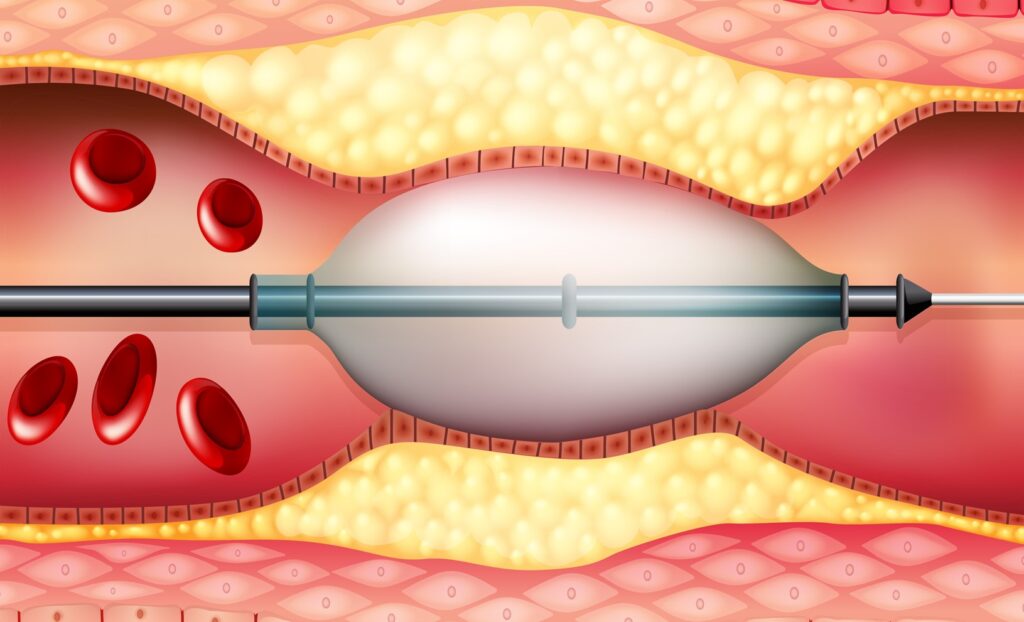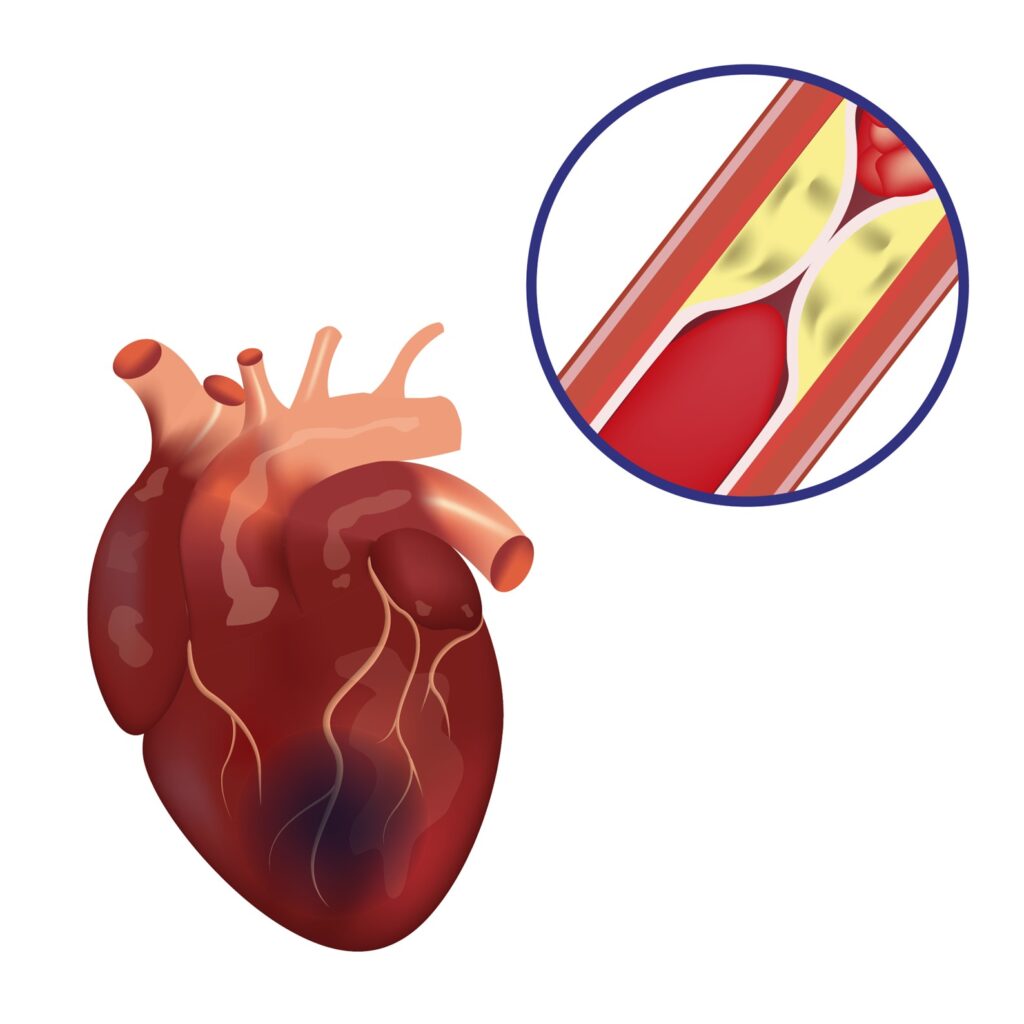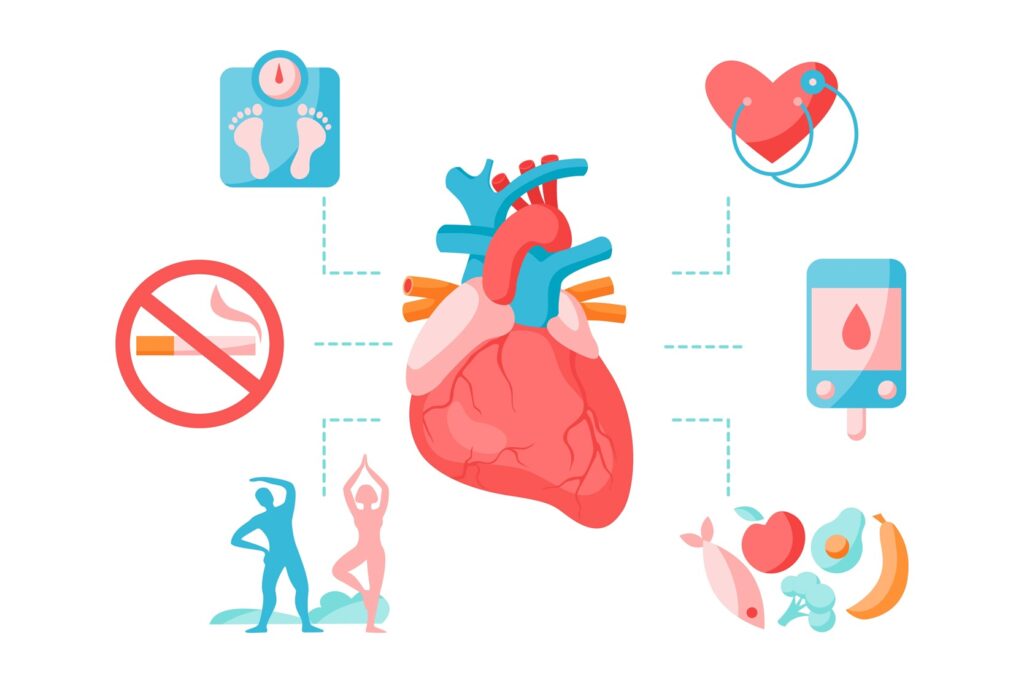
Understanding the Flu: Key Facts, Symptoms, Prevention, and Myths
Flu season can be challenging, with many people falling ill due to the influenza virus. Understanding the flu, how it spreads, and how to protect yourself is crucial for maintaining

Flu season can be challenging, with many people falling ill due to the influenza virus. Understanding the flu, how it spreads, and how to protect yourself is crucial for maintaining

Typhoid fever, also known as enteric fever, is a severe bacterial infection that primarily affects the gastrointestinal system. It is caused by the bacterium Salmonella enterica serotype Typhi (S. Typhi)

Typhoid is a bacterial infection caused by the salmonella typhi bacteria. It is usually spread through contaminated water or food and can cause fever, abdominal pain, and diarrhea. If left

Prediabetes is a condition in which the blood sugar levels are higher than normal but not high enough to be diagnosed as type 2 diabetes. About 1 in 3 people

Managing a diabetes-friendly diet can be tricky, especially with all the myths floating around. These misconceptions can lead to confusion and poor food choices. Let’s clear up some common diabetes

Type 2 diabetes is a common condition where your body has trouble processing blood sugar (glucose). Unlike Type 1 diabetes, where the body can’t produce insulin, Type 2 diabetes happens

Unlocking Heart Health Through Proper Nutrition Coronary Artery Disease (CAD) – also referred to as coronary heart disease – is a prevalent condition impacting the heart’s blood vessels. It occurs

Coronary Artery Disease (CAD) is a prevalent cardiovascular condition that affects millions of people worldwide. This article provides an overview of CAD, discussing its symptoms, causes, and available treatment options.

Coronary artery disease (CAD) is a condition that affects the coronary arteries, which are responsible for supplying oxygen and nutrients to the heart muscle. This condition occurs when the arteries

Congestive Heart Disease (CHD), commonly known as heart failure, requires comprehensive lifestyle adjustments to alleviate its impact and enhance overall well-being. By adopting targeted lifestyle changes, individuals can effectively manage